Purposeful Hourly Rounding Benefits Patients
by Sarah Achenbach
![]() Questions, not answers, just might offer the best medicine. Every day, the nurses at the Sibley Memorial Hospital ask their patients: “How are you feeling?” “How’s your pain?” Important clinical inquiries, certainly.
Questions, not answers, just might offer the best medicine. Every day, the nurses at the Sibley Memorial Hospital ask their patients: “How are you feeling?” “How’s your pain?” Important clinical inquiries, certainly.
Since fall 2008, Sibley nurses have added a new round of questions: “What may I do for you? Can you reach the call button? Do you need toileting?” These simple inquiries, along with “Is there anything else I may do for you?” before leaving a patient’s room, have transformed traditional rounds, patient safety, and nursing practice.
Initiated by Sibley’s nursing administration, “purposeful hourly rounding” is a hospital-wide, nurse-led program to address patient needs on a continual basis. Historically, nurses rounded every two hours, explains Terri Woodside, RNBC, MSN, CDONA/LTC, director of nursing for Sibley’s Renaissance Skilled Nursing Facility. “How effective is it to tell a patient to ‘call if you need me?’ or to wait for the call light to go on? This proactive program puts the passion in what we do.”
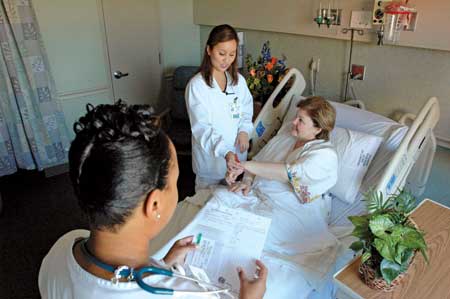 Every hour a nurse enters a patient’s room and asks the patient about personal hygiene needs, positioning, pain, and personal items. These four “P’s” allow nurses to assess issues including mental state, restlessness, and the seemingly mundane matters that can lead to falls, such as whether a patient’s phone is within reach.
Every hour a nurse enters a patient’s room and asks the patient about personal hygiene needs, positioning, pain, and personal items. These four “P’s” allow nurses to assess issues including mental state, restlessness, and the seemingly mundane matters that can lead to falls, such as whether a patient’s phone is within reach.
“It’s the details that create the big picture,” explains Cathy Pulford, ANP-C, ONP-C, clinical coordinator, Institute of Bone & Joint Health. “The program gives nurses a bird’s eye view clinically of what the patient needs and improves our communication as team members.”
The Hospital introduced competencies two years ago to ensure that every nurse is using consistent language as they round on patients, and this year the nurses added huddles to the program. They start every shift with reminders about purposeful hourly rounding and discuss important issues to be addressed when rounding. Christine Inglisa, MSN, RN, nurse manager, 4 East Orthopedics, adds, “With compassionate, purposeful rounding, our nurses are engaged with patients’ care consistently. It’s a new way of doing our work.”
The program has deepened the connection among nurses and the patient, patient’s family, or advocate, instilled more confidence in their nurses, and increased patient satisfaction. It has significantly decreased the number of falls and call lights. Between 2009 and April 2012 the fall rate for Renaissance decreased by nearly half—from 8.3 to 4.3 falls per 1,000 patient days. In the Medical/Surgical Service, director Vivian Gibson, RN, NE-BC, saw the fall rate drop 20 percent between 2008 and 2009; and between 2010 and 2011 the Service went from five major injuries as a result of falls to one.
Purposeful hourly rounding took on a whole new meaning for Gibson last February. After having heart surgery at another hospital, Gibson’s mother developed pneumonia and was admitted to Sibley. Gibson went from the role of nurse to that of concerned caregiver. “I saw first-hand, day in and day out, what a difference purposeful hourly rounding makes. It was a beauty to behold and made me feel so proud of Sibley,” she says of her mother’s hospital stay and subsequent recuperation. “When it comes home to you, you know it’s worth it.”
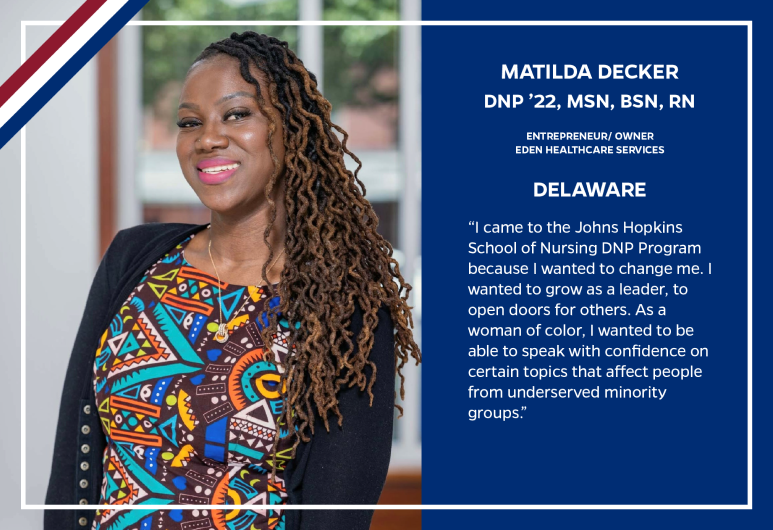 In Perfect Balance
In Perfect Balance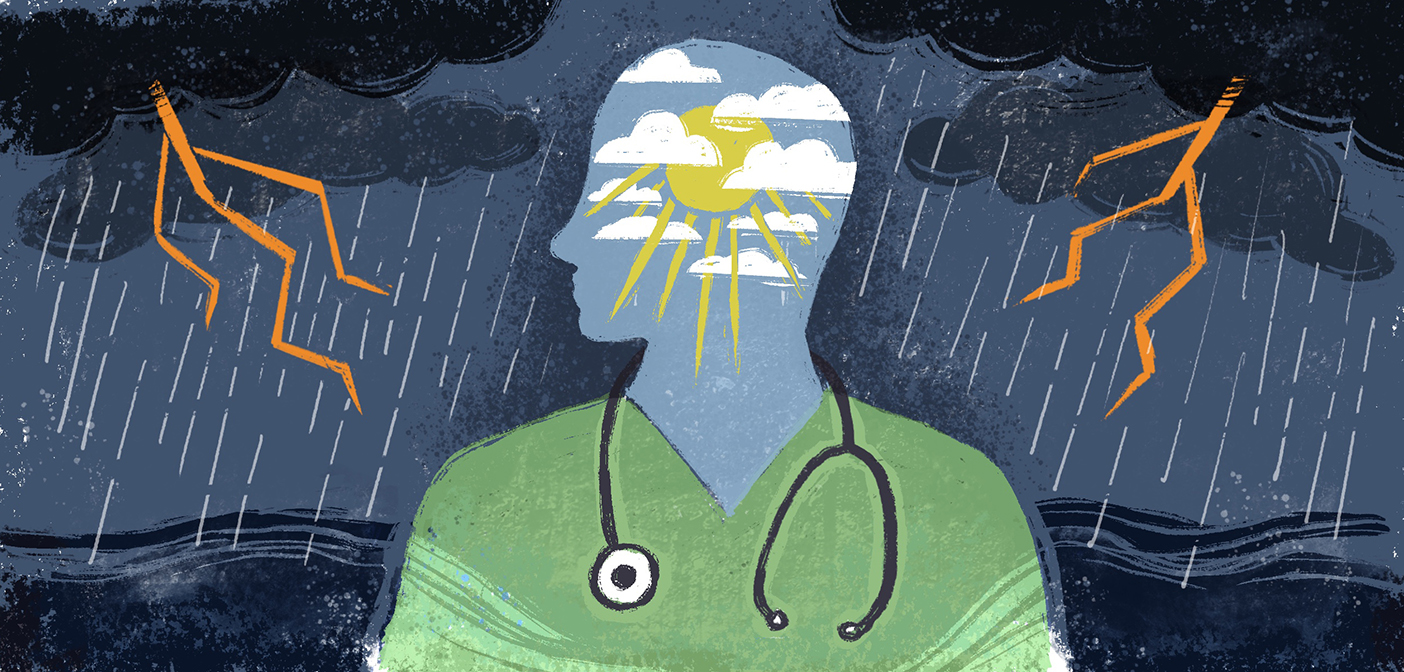 The Eye of the Storm
The Eye of the Storm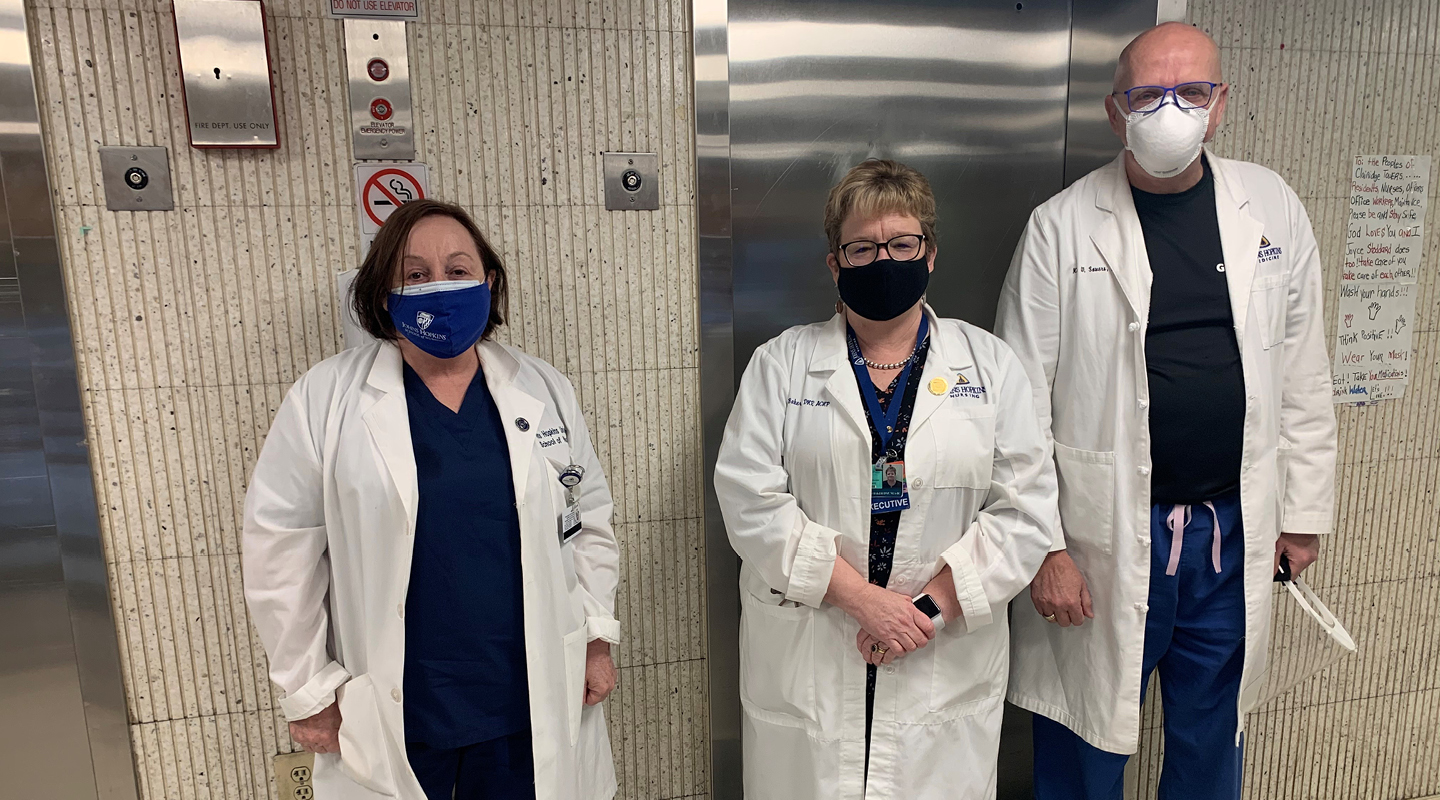 A Letter from Deborah Baker:
A Letter from Deborah Baker: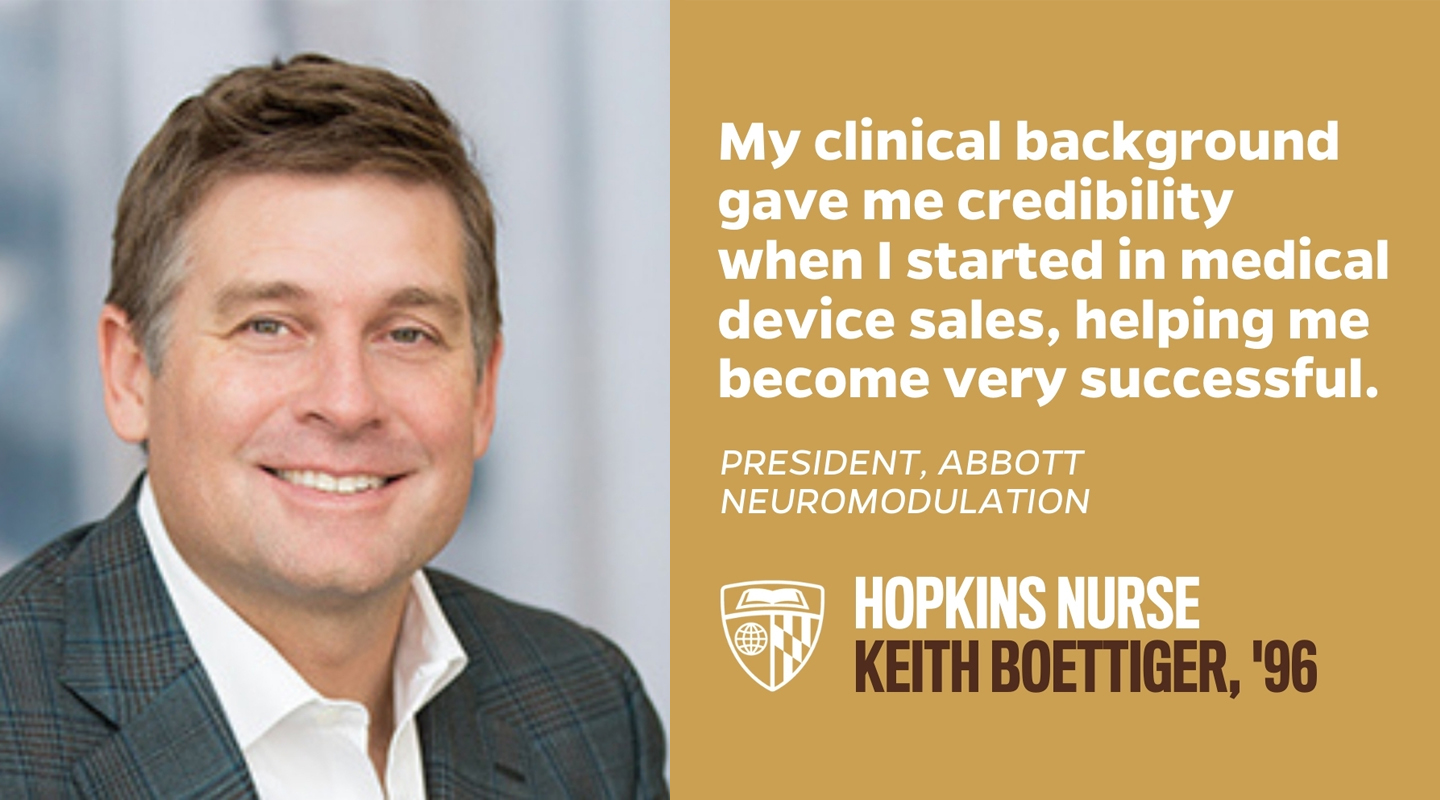 What Is a Hopkins Nurse?
What Is a Hopkins Nurse? A Lifeline for Clinical Placements
A Lifeline for Clinical Placements







